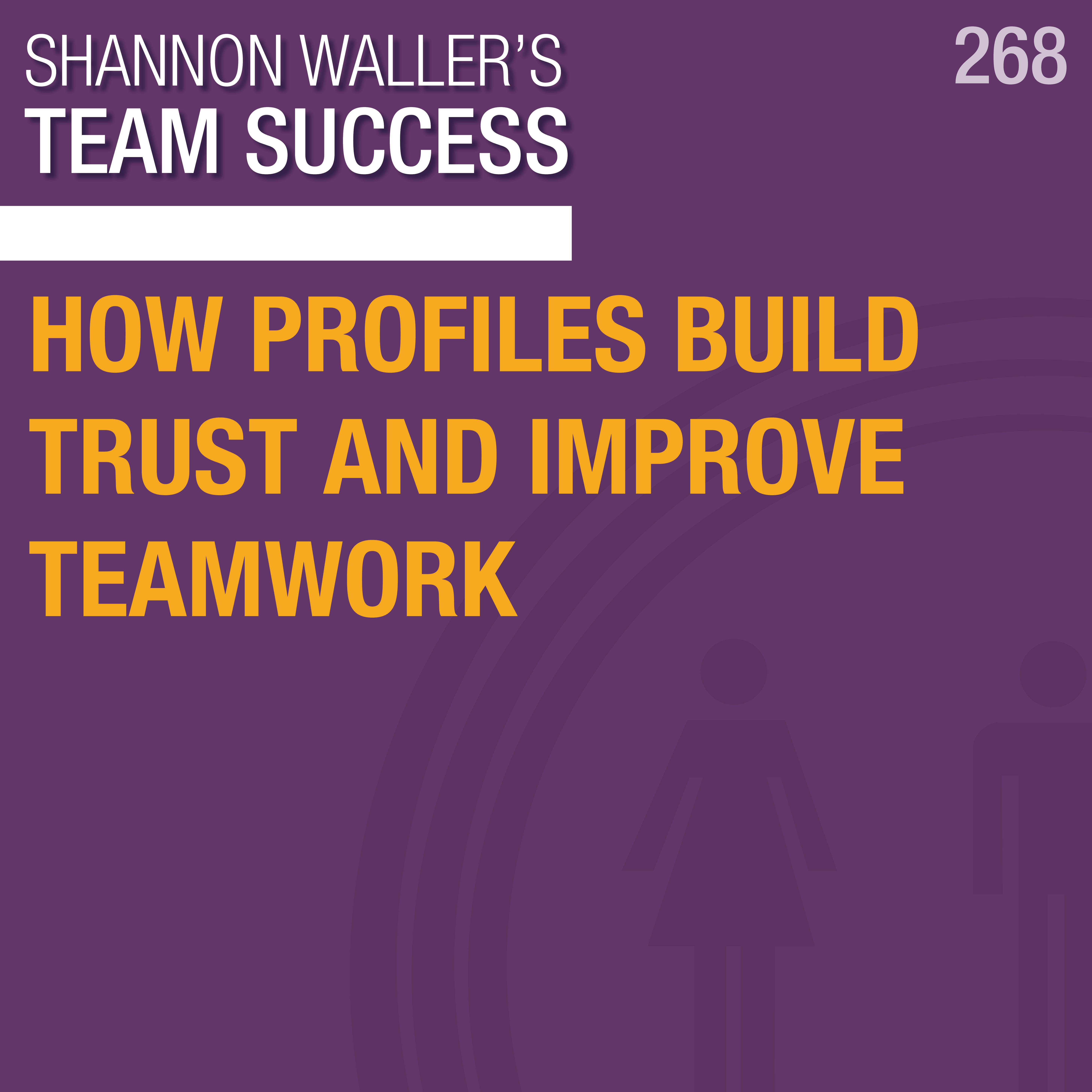Jun 27 2024 24 mins 3

Ready to level up your teamwork? In this episode of Team Success, Shannon dives deep into her love for profiles and assessments like Kolbe and PRINT and how she uses them to understand team members better. She explains how profiles help build trust, provide a road map for effective teamwork, and streamline the process of getting to know team members’ motivational needs and strengths. She also shares tips for how to use profiles to make the hiring process easier, faster, and better. Listen now to learn all about how to use profiles to unlock your own team’s success!
Show Notes:
- Personality profiles and assessments are essential, reliable tools for anyone hoping to understand their own or someone else’s motivations, needs, and natural strengths.
- They provide a road map for building trust and providing effective support.
- In a fast-paced work environment where personal interactions are limited, profiles offer a shortcut to quickly gain insights about your team members—like what you can expect from them, their strengths, and their motivators—that would otherwise take significant time and effort to uncover.
- When used correctly, profiles shouldn’t box people in, but rather generate insightful questions and deepen understanding, fostering teamwork by aligning team members’ motivations and strengths with their roles and responsibilities.
- By understanding and appreciating the complementary skills of those on their team, individuals can leverage one another’s strengths to produce exponential results.
- Profiles are also a valuable hiring tool, especially for roles in sales or leadership.
These profiles include:
- Kolbe A™ Index: Measures conative strengths or natural tendencies in problem-solving and productivity.
- Working Genius®: Identifies where individuals naturally excel in a project’s lifecycle, from ideation to execution.
- CliftonStrengths®: Highlights individual talents and potential areas for development.
- DISC: Provides insights into personality traits related to work style and interactions.
- PRINT®: Reveals underlying motivators and how they influence behavior in professional settings.
Resources: